1. Alligators
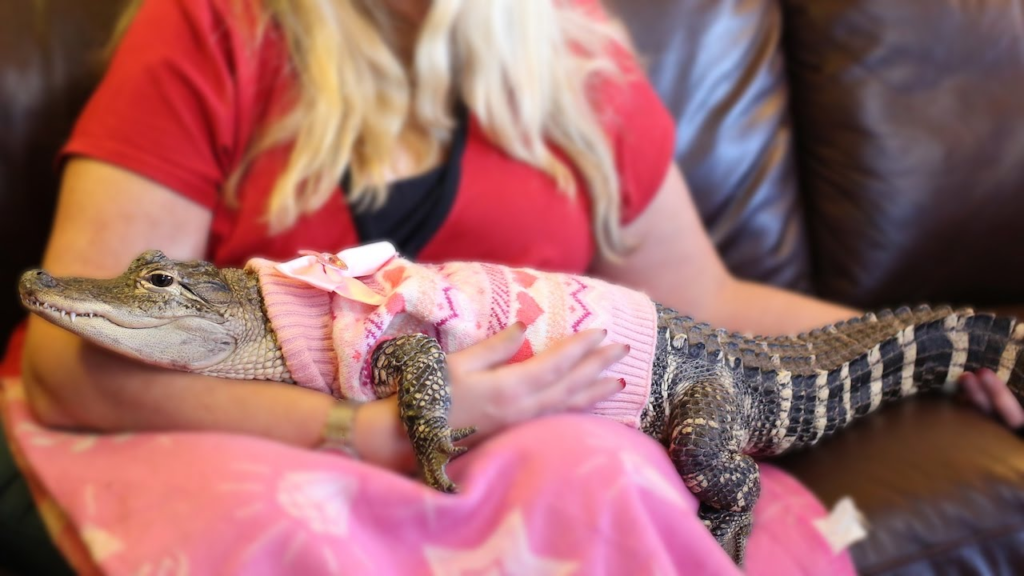
YouTube
Known for their immense strength and aggressive nature, alligators are highly unpredictable, especially as they grow larger and more powerful. With jaws capable of exerting thousands of pounds of pressure, sharp teeth, and a strong tail that can deliver dangerous blows, they pose a serious threat to humans, particularly in confined spaces. While some people may think of them as fascinating exotic pets, their size and strength make them difficult to manage safely. As a result, alligators are banned as pets in many states to protect both the animals and the public, ensuring that they remain in their natural habitats where they belong.
2. Cobras
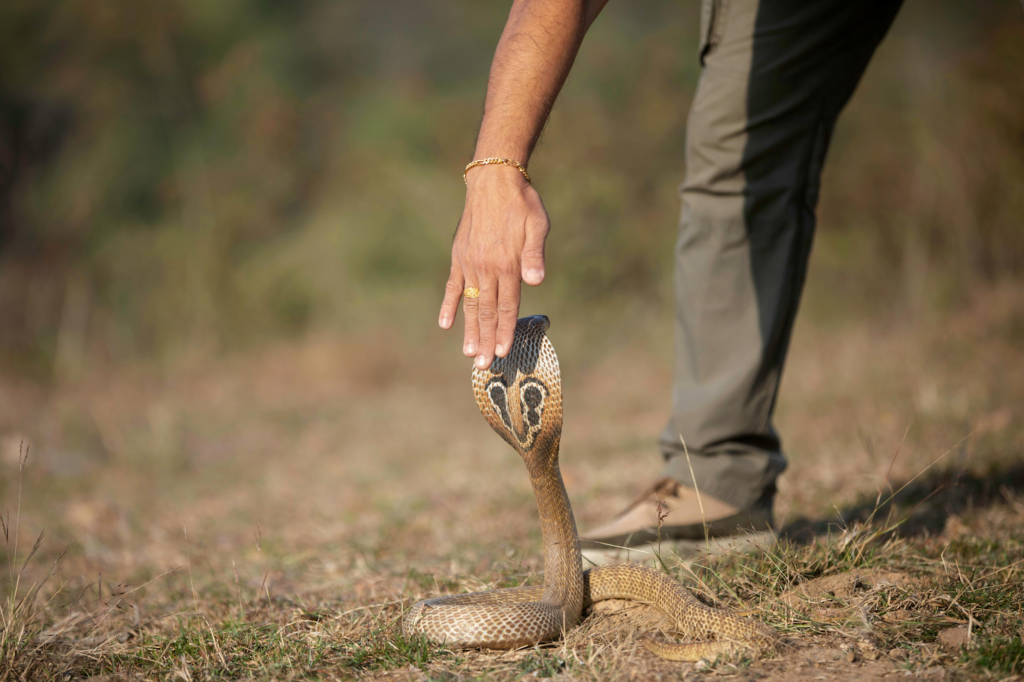
Pexels
These venomous snakes, especially the king cobra, are capable of delivering a lethal bite with their powerful fangs. Their venom is potent enough to kill a human within hours if untreated, and their unpredictable temperament only adds to their danger. King cobras and other venomous snakes can strike with incredible speed and precision, making them difficult to handle safely. Their large size, combined with their ability to quickly strike and their natural aggression when threatened, make them a top contender for pet bans. Due to these risks, they are considered too hazardous to be kept as pets, even by experienced handlers.
3. Tigers

YouTube
While tigers may appear majestic and beautiful, they are wild predators with incredibly powerful jaws, sharp claws, and highly developed hunting instincts. As apex predators, they are capable of causing serious harm with just one strike, and their immense size and strength make them extremely difficult to manage safely. Despite their appeal to some as exotic pets, tigers are inherently dangerous due to their unpredictable nature and need for large, specialized environments. These factors, combined with the risks they pose to humans, make tigers illegal to own as pets in many areas, ensuring public safety and protecting the well-being of the animals.
4. Spotted Hyenas
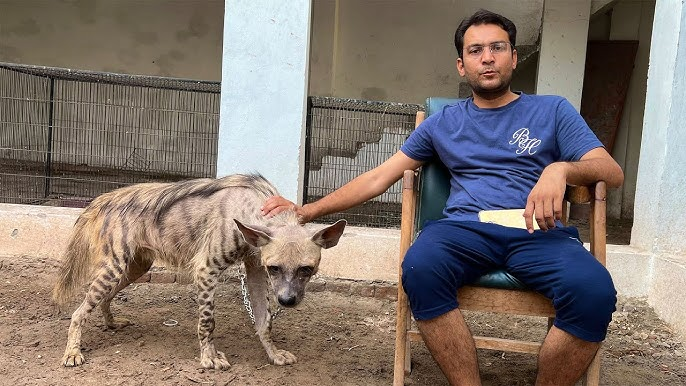
YouTube
Known for their powerful bite and aggressive behavior, hyenas are wild animals that are not suited to life as pets. Despite their playful appearance, their natural instincts are far from domesticated, and they can quickly become dangerous if threatened or provoked. Hyenas are highly territorial and have a strong, predatory drive, which makes them unpredictable and difficult to handle safely. Their size, strength, and social structure further complicate attempts at keeping them as pets. Due to their unpredictable temperament and potential for aggression, hyenas are illegal to own in most places, protecting both humans and the animals from harm.
5. Venomous Frogs

YouTube
Some species of frogs, such as the golden poison dart frog, are incredibly toxic and pose a significant danger despite their small size and seemingly harmless appearance. These frogs produce potent skin secretions that contain powerful toxins capable of causing severe harm or even death to humans. The toxicity of these frogs is a natural defense mechanism against predators, but it also makes them unsuitable as pets. Due to the extreme danger posed by their venom, these frogs are banned as pets in many places, ensuring that both people and the animals are protected from harm.
6. Wolves
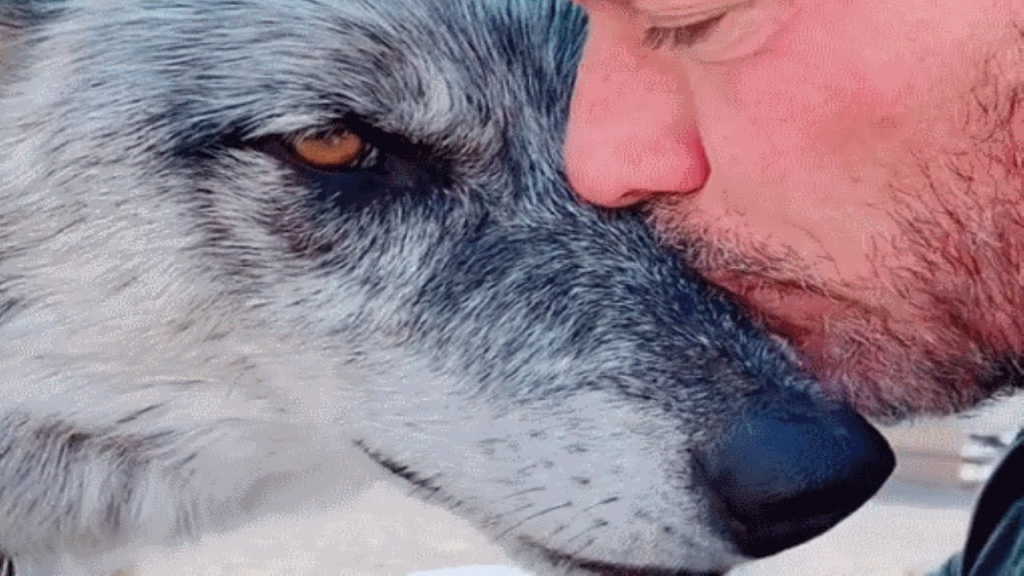
YouTube
Wolves are highly intelligent and social animals with a complex pack mentality, making them fascinating but also potentially dangerous to keep as pets. While domesticated dogs are closely related to wolves, the wild instincts of wolves can lead to unpredictable behavior, especially when they feel threatened or agitated. Their need for a large, natural territory, as well as their strong predatory drive, make them difficult to manage in a home environment. Due to these challenges and the risks they pose to humans, wolves are banned as pets in many areas, ensuring both the safety of people and the well-being of the animals.
7. Scorpions

YouTube
Some species of scorpions, like the deathstalker scorpion, are highly venomous and pose a serious threat to humans. Their potent venom can cause severe pain, paralysis, and, in extreme cases, death. Although they may appear small, their aggressive behavior and quick defensive strikes make them even more dangerous. The combination of their venomous sting and their unpredictable nature makes scorpions like the deathstalker a risk to pet owners and others in the vicinity. As a result, they are banned as pets in certain regions, where authorities seek to prevent potential harm to humans and ensure public safety.
8. Baboons

YouTube
While baboons may appear cute and even comical, they are extremely strong and aggressive primates. With large, sharp canine teeth and an unpredictable temperament, baboons can quickly become dangerous, especially if they feel threatened or provoked. Their natural instincts as wild animals, combined with their strength and agility, make them capable of inflicting serious injuries on humans. Although they may seem manageable, their aggressive behavior and high intelligence make them difficult to control in a domestic setting. For safety reasons, baboons are banned as pets in many areas, protecting both people and the animals themselves.
9. Crocodiles
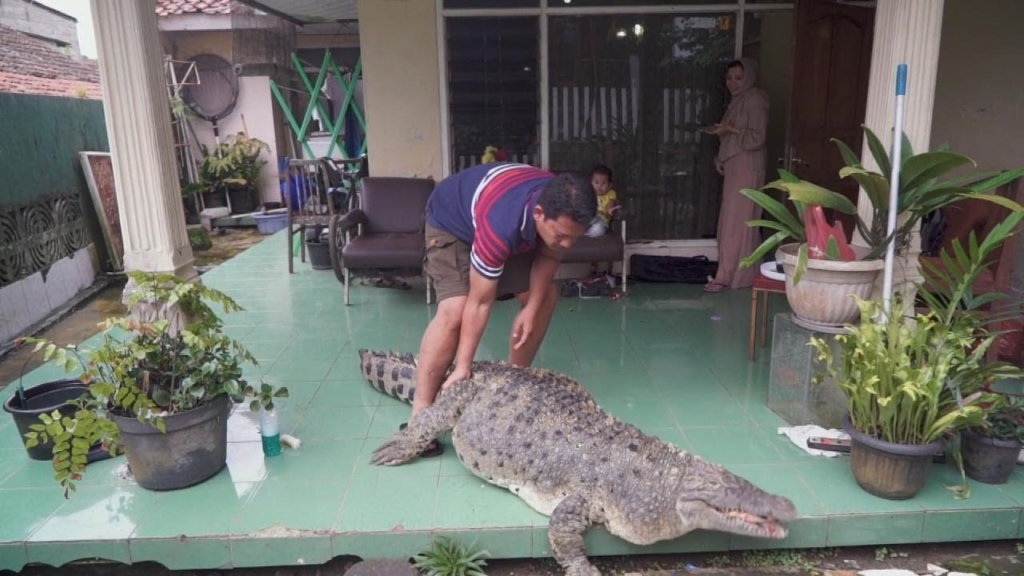
YouTube
Like alligators, crocodiles are large, powerful predators that pose a significant threat to human safety. Known for their aggressive nature, incredible speed, and immense strength, crocodiles can be highly dangerous, especially as they grow larger. Their quick reflexes and powerful bite make them a serious risk, even for experienced handlers. While they may seem fascinating as exotic pets, their natural instincts and massive size make them difficult to control, creating potential hazards for anyone nearby. As a result, crocodiles are illegal to own in many states, ensuring the safety of both humans and the animals themselves.
10. Poisonous Snakes

YouTube
Many species of snakes, such as the inland taipan or black mamba, are highly venomous and extremely dangerous. Known for their potent venom, a single bite from these snakes can cause rapid death or irreversible damage, making them a serious threat to human safety. Their quick strike ability, combined with the toxic nature of their bite, makes handling them highly risky, even for experienced herpetologists. Due to the extreme danger they pose, these snakes are banned as pets in many areas, with strict laws in place to prevent potential harm to humans and ensure public safety.
11. Giant Asian Hornets
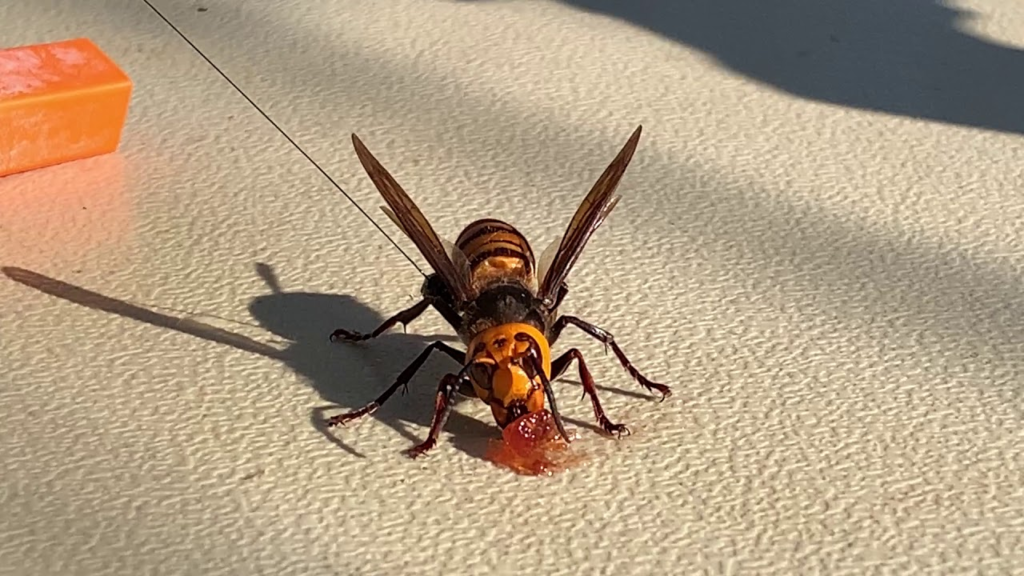
YouTube
Known for their painful sting and aggressive behavior, giant Asian hornets are highly dangerous to humans, particularly to those who are allergic to their venom. These hornets can attack in swarms, causing severe reactions or even death in extreme cases. Their venom is potent and can lead to intense pain, swelling, and systemic reactions, making them a serious health threat. Due to their aggressive nature and the risks they pose, giant Asian hornets are often banned as pets, especially in areas where their presence could have devastating effects on local ecosystems and human safety.
12. African Bullfrogs

YouTube
Despite their appealing appearance, African bullfrogs are aggressive and highly territorial animals. Known for their large size and powerful jaws, they can deliver a serious bite that may cause significant injury. These frogs are not only defensive but have also been known to attack other animals or even humans if they feel threatened or provoked. Their unpredictable behavior, combined with their strong physical capabilities, makes them too dangerous to be kept as pets. As a result, African bullfrogs are often banned in certain regions to prevent harm to both people and other animals.
13. Komodo Dragons

YouTube
Komodo dragons are massive lizards that are both intimidating in size and venomous. Their powerful jaws and toxic bite allow them to take down large prey, making them formidable predators. The venom in their saliva contains harmful bacteria and toxins that can cause severe infection or even death in their victims. Due to their unpredictability and the significant potential for harm, Komodo dragons are considered too dangerous to be kept as pets. As a result, they are illegal to own in most places, ensuring public safety and protecting these wild creatures in their natural habitats.
14. Piranhas
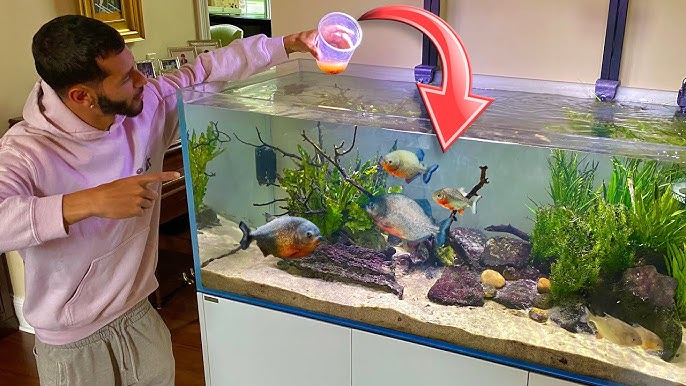
YouTube
Known for their sharp teeth and feeding frenzies, piranhas are dangerous fish that can cause serious harm. While they are not typically deadly to humans, their aggressive feeding behavior, especially in groups, and razor-sharp teeth make them hazardous to handle. Piranhas are notorious for attacking anything that enters their territory, which can lead to severe bites or injury. Their natural aggression, combined with their quick and powerful bite, makes them a risk to anyone keeping them as pets. As a result, piranhas are banned as pets in many areas to prevent potential harm to humans and other animals.
15. Jaguarundi
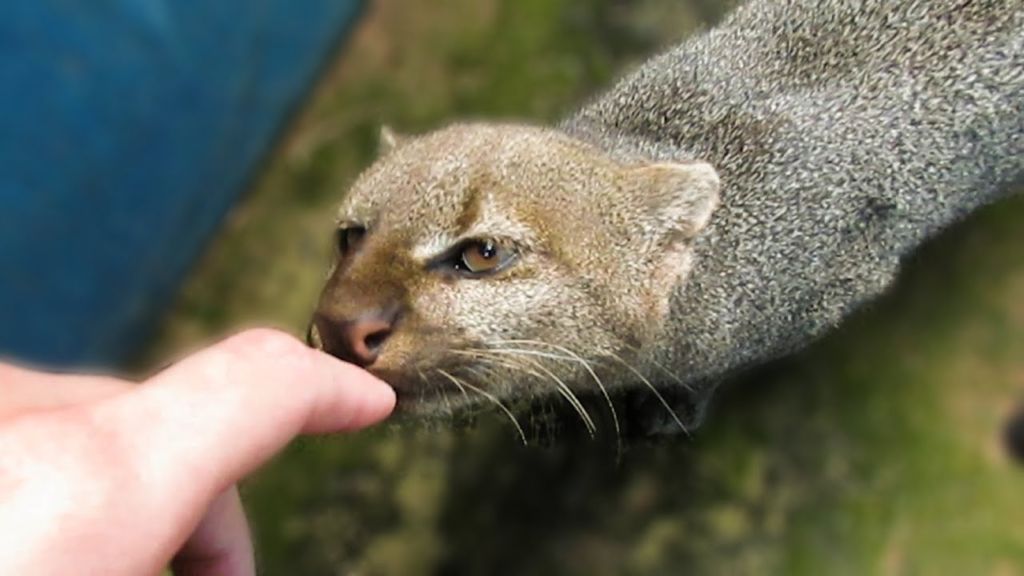
YouTube
The jaguarundi is a wild cat that resembles a domestic cat but behaves in a far more unpredictable and dangerous manner. With strong predatory instincts, it can exhibit aggressive behaviors, particularly when threatened or provoked. Unlike domesticated cats, jaguarundis are difficult to tame and require a much larger territory to roam. Their wild nature, combined with their strength and agility, makes them unsafe for a household. Due to these risks and the difficulty in managing them in a domestic setting, jaguarundis are banned as pets in many areas, ensuring the safety of both humans and the animals themselves.
16. Sloths
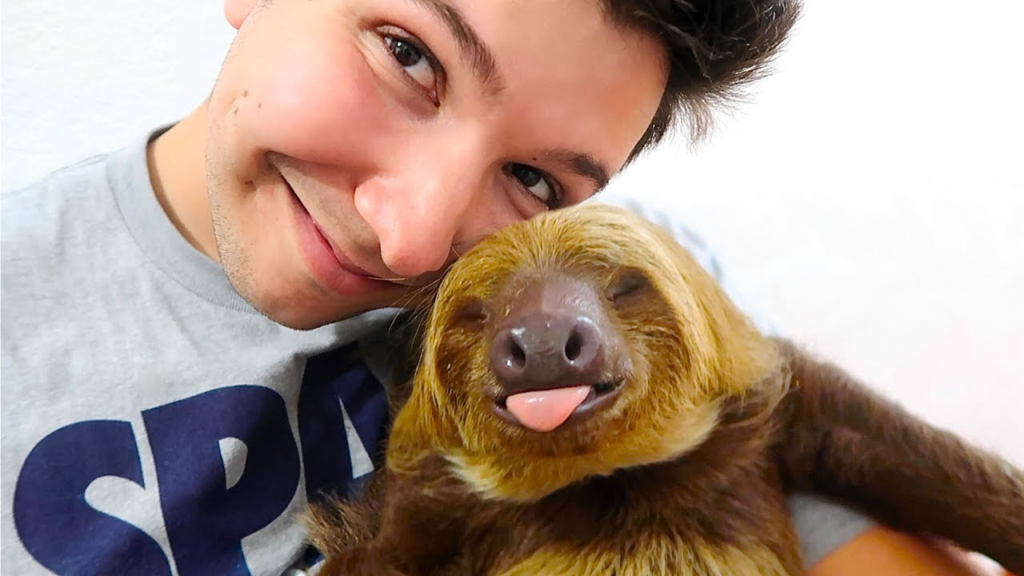
YouTube
While sloths may appear harmless due to their slow movements and docile nature, they are not ideal pets because of their highly specialized diet and unpredictable temperaments. Sloths primarily feed on specific leaves and require a very particular environment to thrive, making their care complex and challenging. Additionally, sloths can carry diseases such as leptospirosis, which can be transmitted to humans and pose serious health risks. Their unpredictable behavior, combined with the difficulty in meeting their dietary and environmental needs, makes sloths unsuitable to be kept as pets. As a result, they are banned in many places to protect both humans and the animals.
17. Tarantulas

YouTube
Though their venom is not typically fatal to humans, some species of tarantulas, like the Brazilian wandering spider, can deliver a painful bite that causes significant discomfort and swelling. Their venom, while rarely life-threatening, can still cause severe pain and irritation. Additionally, tarantulas like the Brazilian wandering spider are known for their aggressive behavior, particularly when threatened, and their venomous fangs add to the risk. Due to their unpredictable nature, potential for pain, and aggressive tendencies, these spiders are considered a dangerous pet choice in many regions and are often banned to protect both humans and other animals.
18. Elephants

YouTube
Elephants, known for their intelligence and majestic presence, are incredibly strong animals capable of causing massive damage if threatened or provoked. Despite their gentle nature in some contexts, elephants are wild animals with an unpredictable temperament, especially when they feel cornered or stressed. Their immense size and physical power make them difficult to manage, even for experienced handlers. Because of the significant risk they pose to public safety and the challenges of providing appropriate care in a domestic setting, elephants are banned as pets in many places, ensuring both human safety and the well-being of the animals.
19. Grizzly Bears

YouTube
While grizzly bears are beautiful and awe-inspiring creatures, they are powerful predators that can become extremely dangerous, particularly when they feel threatened, hungry, or cornered. Known for their massive size, incredible strength, and aggressive tendencies, grizzly bears are unpredictable and capable of inflicting serious harm. Even with proper training, their natural instincts and power make them unsuitable to be kept as pets. Due to the risks they pose to human safety and the difficulty in providing them with a proper environment, grizzly bears are banned as pets in most places, ensuring both public safety and the animals’ welfare.
20. Ocelots
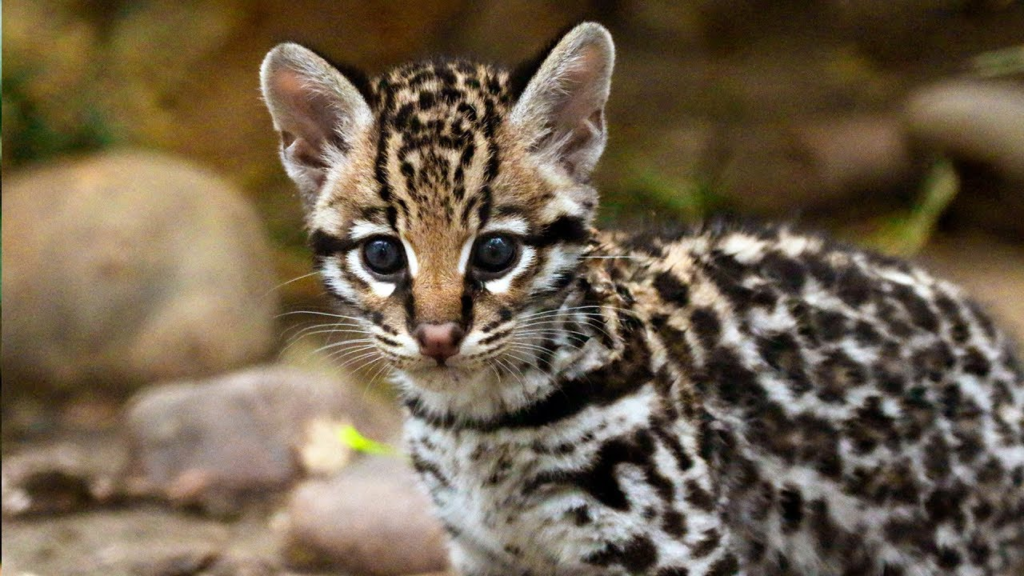
YouTube
Although ocelots may resemble domestic cats with their sleek fur and striking appearance, they are wild animals with sharp claws, powerful jaws, and aggressive hunting instincts. These natural traits make them dangerous to keep as pets, as they are highly territorial and capable of inflicting serious injury when provoked or threatened. Ocelots also have specific dietary and environmental needs that are difficult to meet in a household setting. Due to their unpredictable behavior and potential for harm, ocelots are banned as pets in many areas, helping to ensure both human safety and the well-being of the animals.


